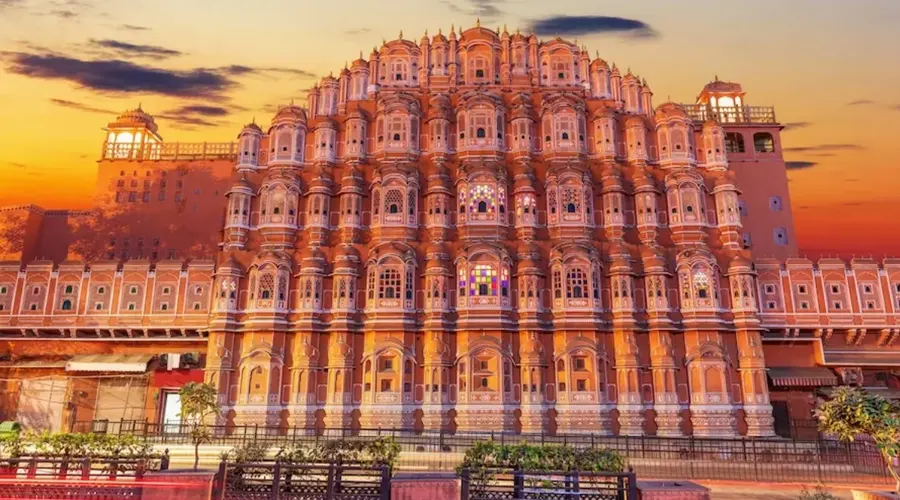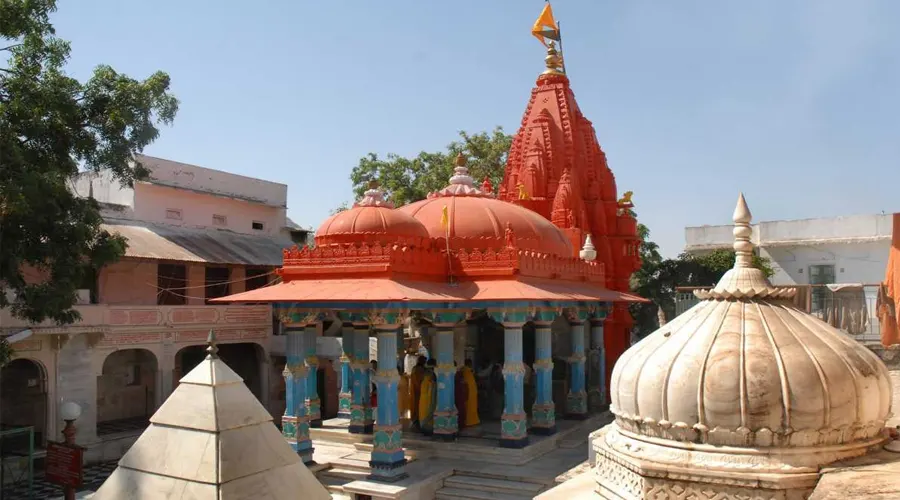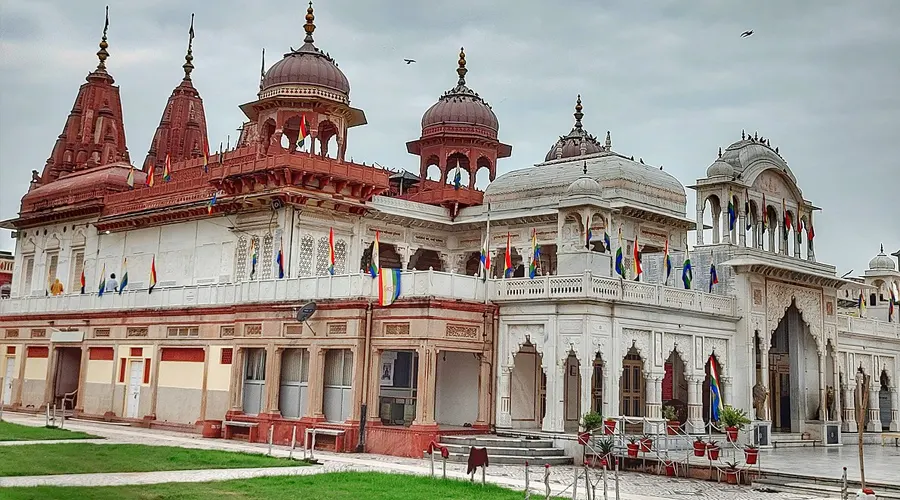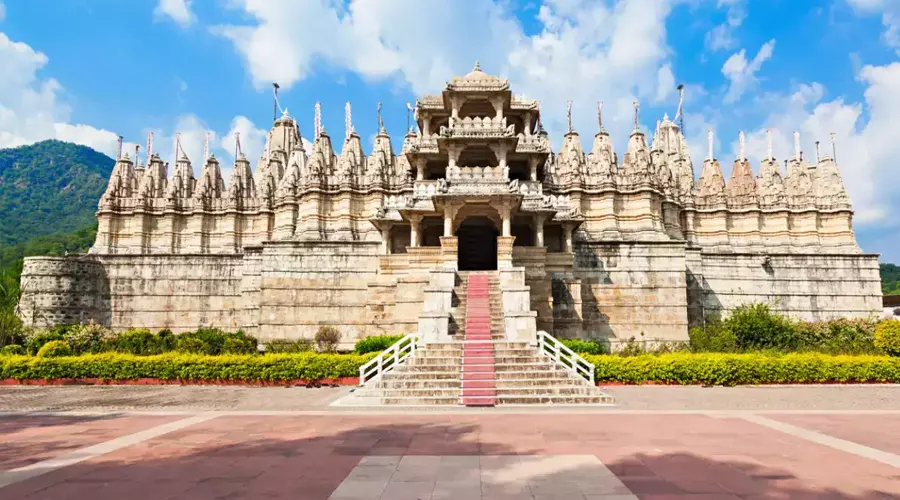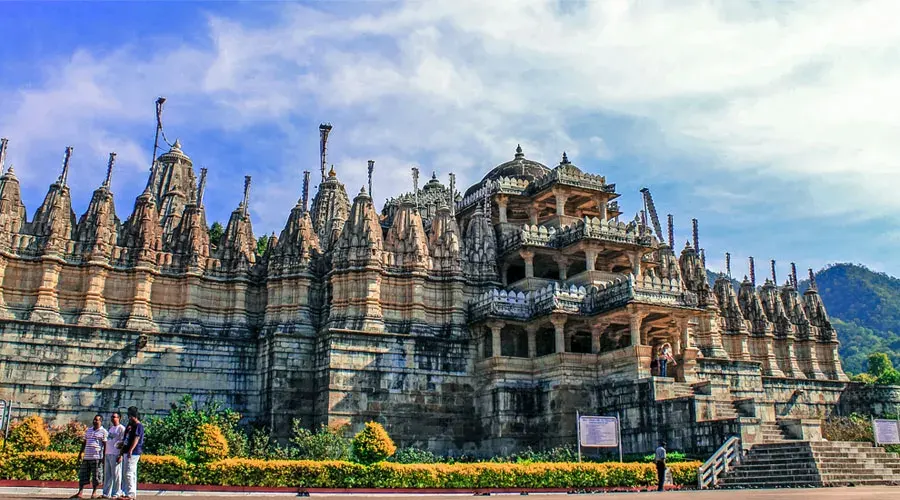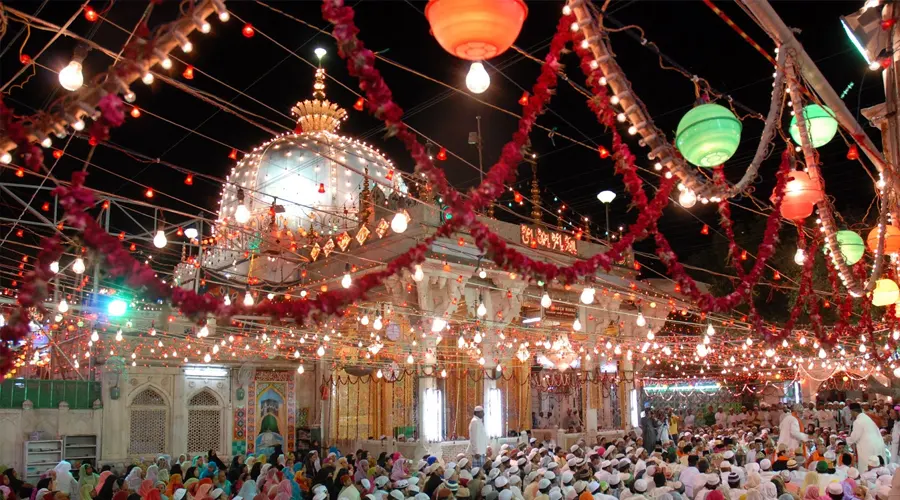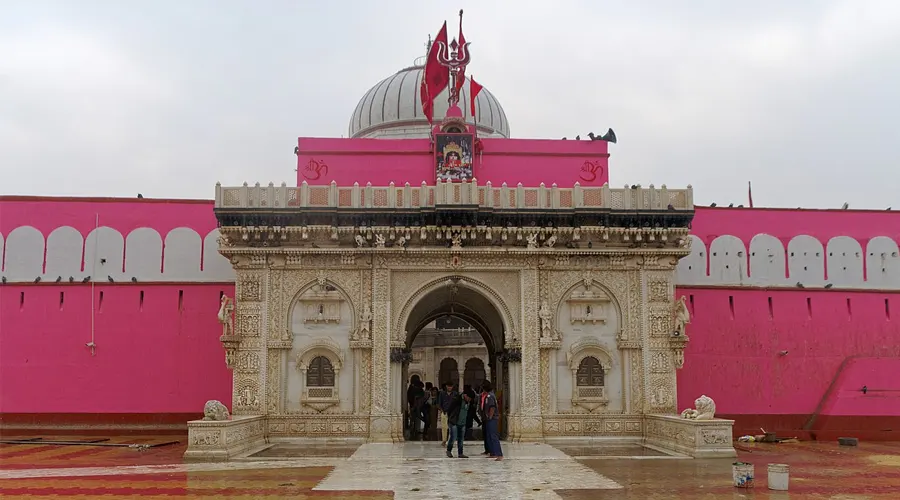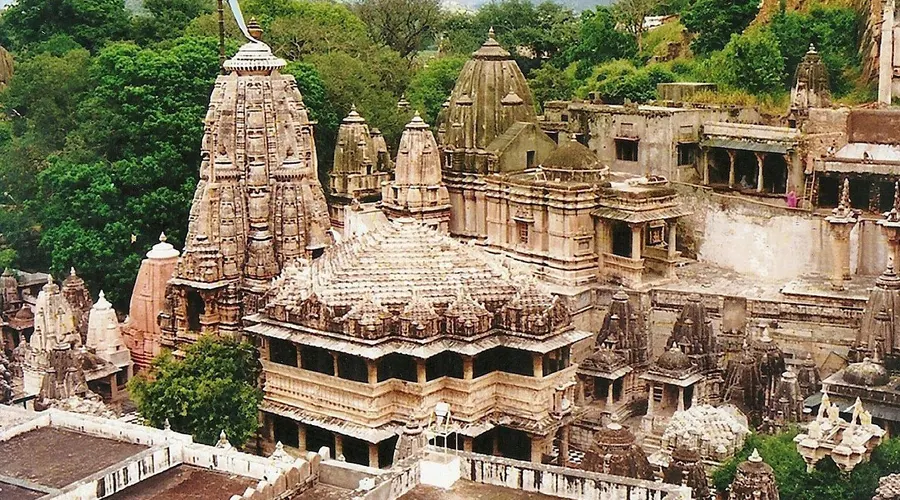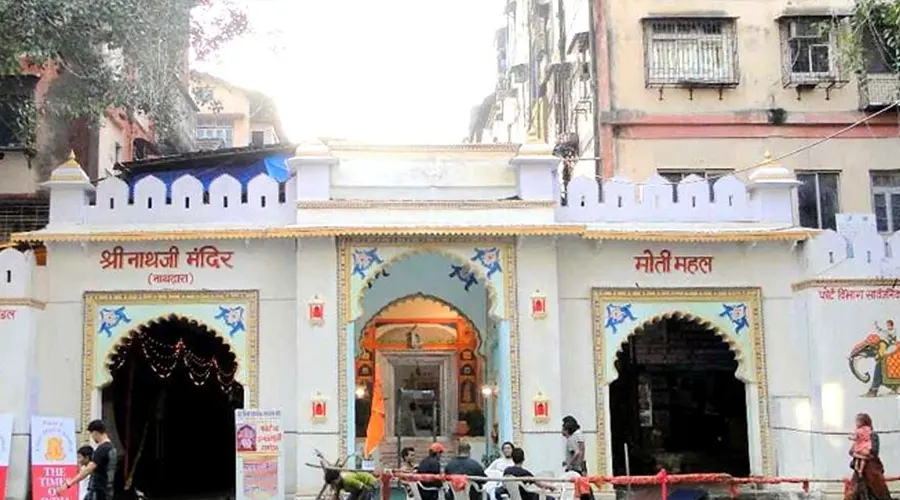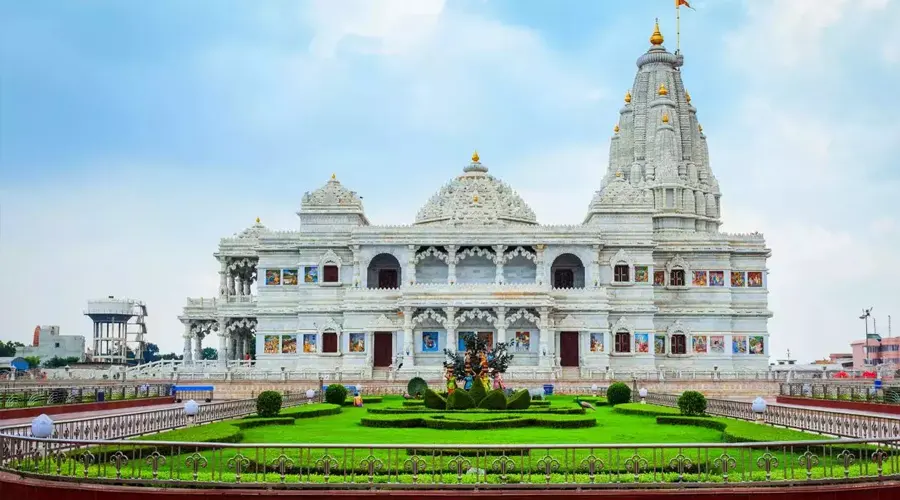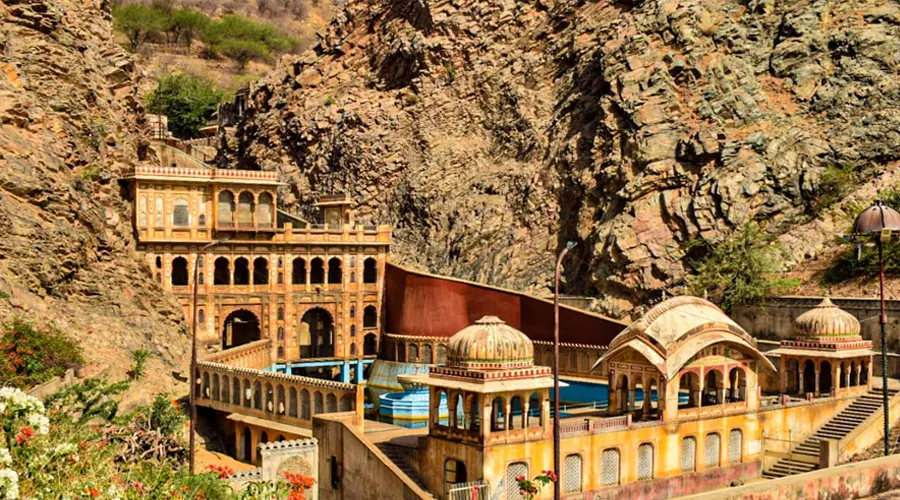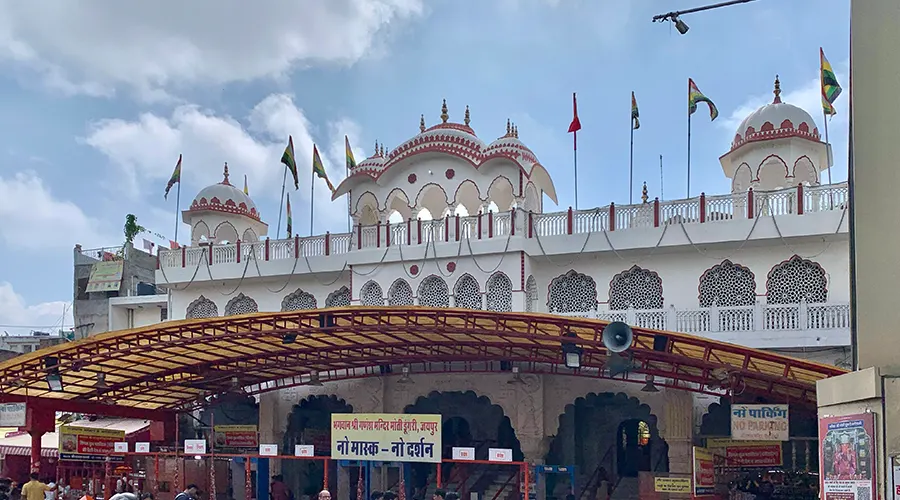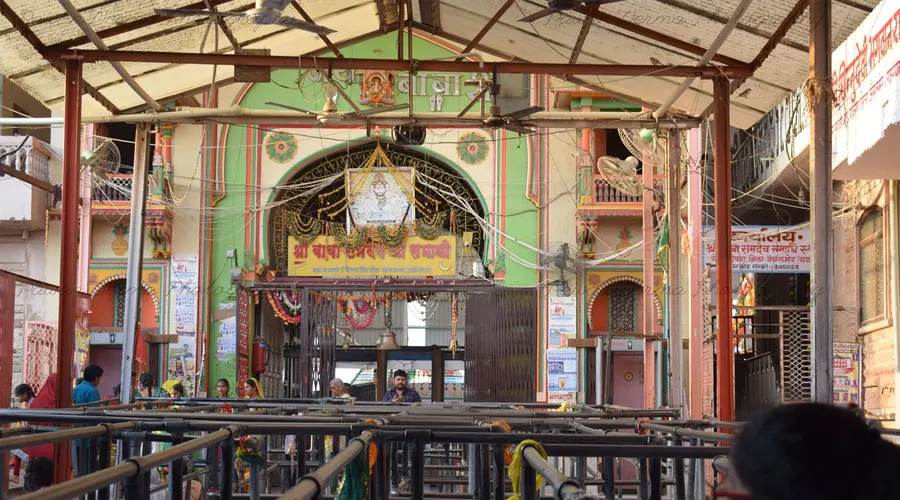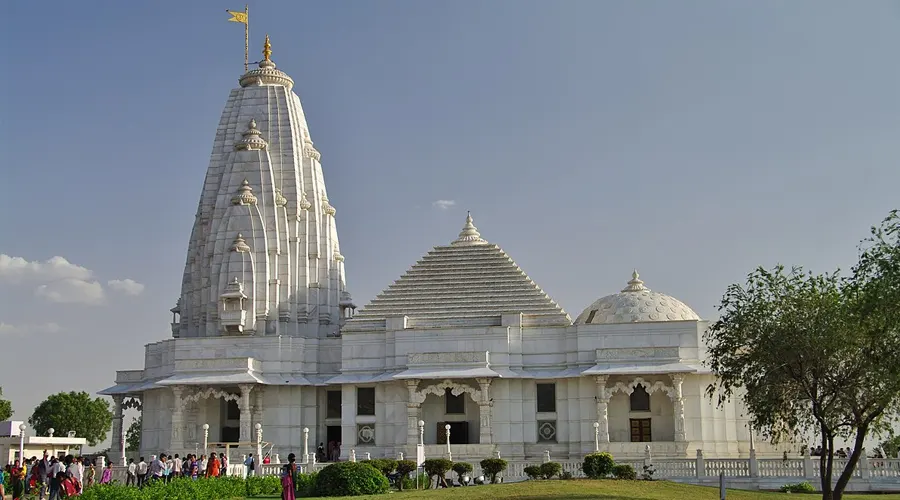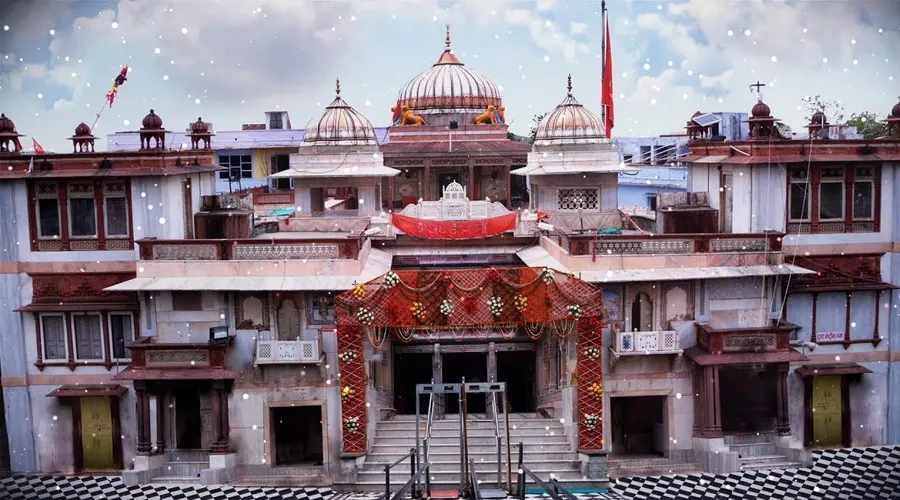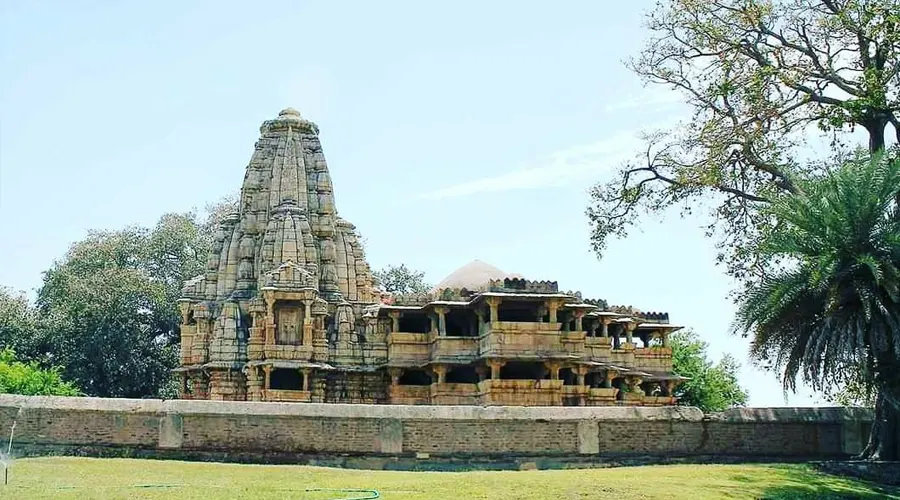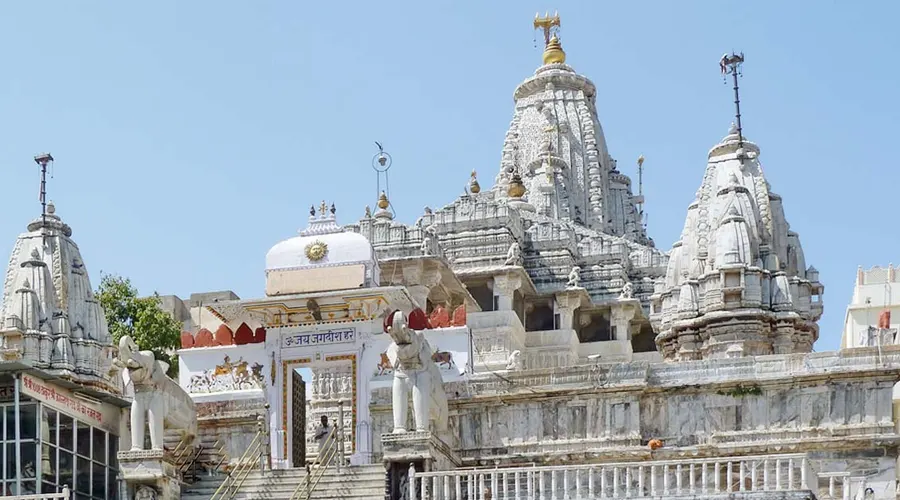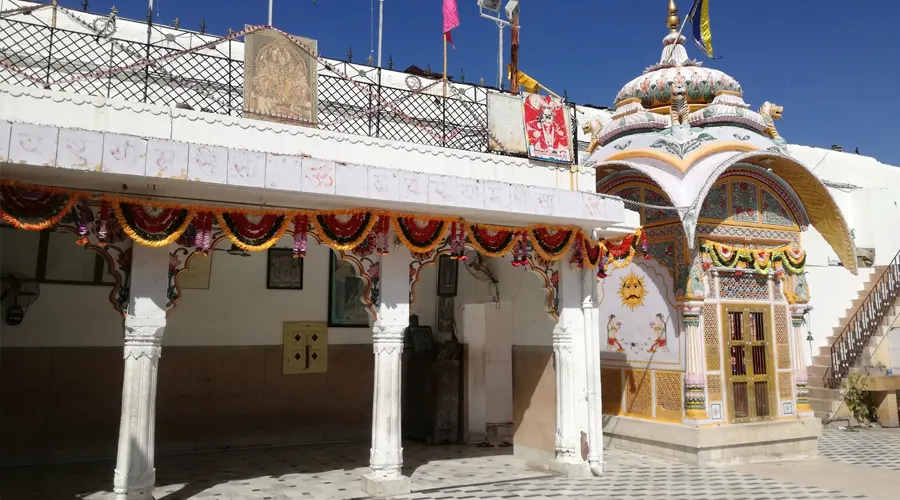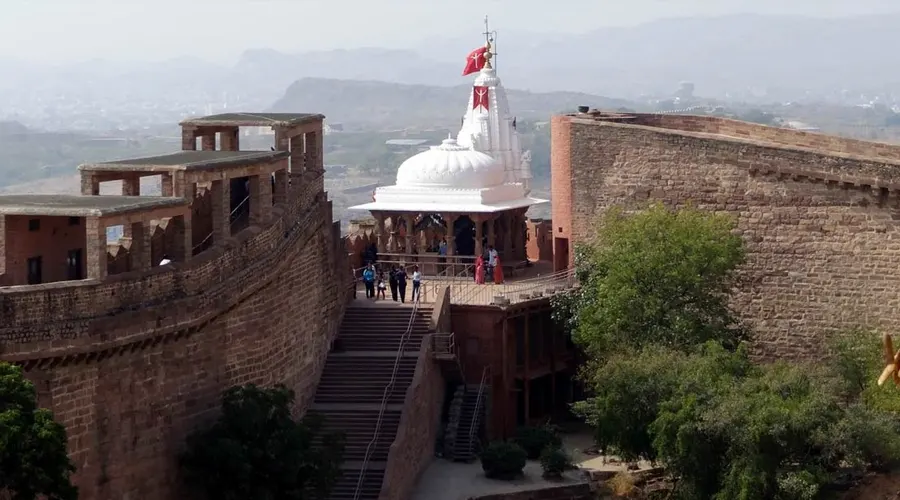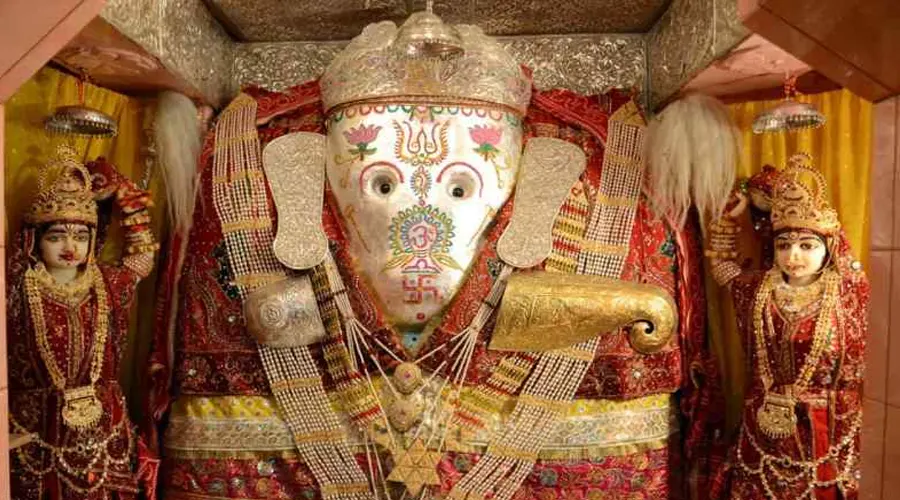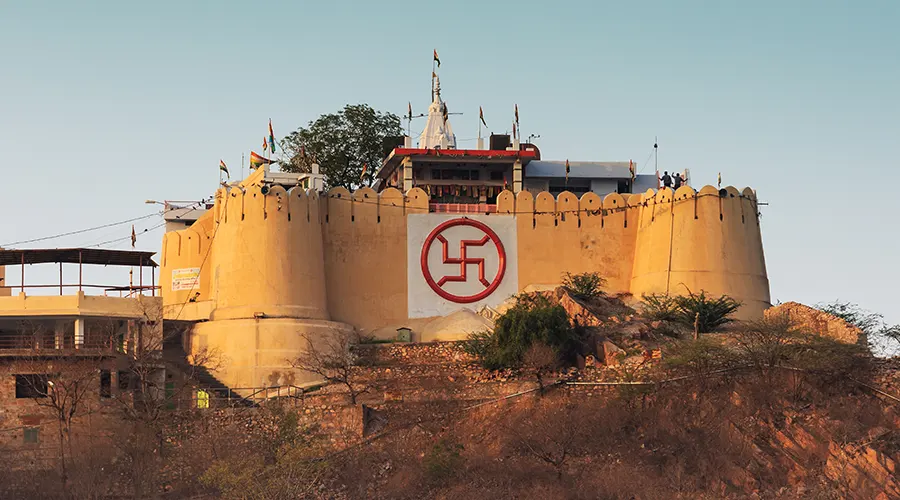Hawa Mahal
The massive edifice of Hawa Mahal stands at the intersection of the main road in Jaipur, Badi Chaupad, and was built by Maharaja Sawai Pratap Singh in the year 1799. Hawa Mahal derives its name from its unique structure, which is a mesh of small windows that allows the cool wind to enter the palace and hence keeps the palace comfortable during the hot summer months.
The main reason behind the palace's construction was to allow the women of the royal house to observe the festivities on the streets whilst being unseen from the outside as was the custom of the land. It is located right on the edge of the City Palace Jaipur and extends right to the 'zenana'.
Hawa Mahal is a structure made of red and pink sandstone and has a pyramidal structure that almost resembles a crown. It has been embellished with 953 tiny windows, also known as 'Jharokhas', and embellished with gorgeous latticework. From within, the Hawa Mahal palace is based on five floors each of which has a uniquely decorated chamber.
A charming fountain welcomes you inside the main palace, from where you can make your way up to the different floors. The top of the palace offers a brilliant view of the City Palace, Jantar Mantar, and the ever-busy Siredeori Bazar. There is a small museum as well which holds some rich relics and miniature paintings.
History of Hawa Mahal
Hawa Mahal was built in 1799 by Maharaja Sawai Pratap Singh who was the grandson of Maharaja Sawai Jai Singh. The story of the birth of the palace started when Pratap visited Jhunjhunu and saw Khetri Mahal.
Maharaj was impressed by the unique design of the Khetri Mahal, and that was when he decided to create a better version of it. Lal Chand Ustad designed this palace and ended up making one of the best monuments history has ever created.
The primary purpose for creating this palace was to give royal women a separate place. From Hawa Mahal, they could enjoy the everyday lives and celebrations of the festival through the windows without being seen as they weren’t allowed to go out in public without a veil.
The Hawa Mahal was a part of the main City Palace, and the royal family used to come here to escape the scorching heat as this palace was always cold and breezy due to the windows it has.
From then on, it has been preserved to keep the glory and grace alive for the generations to come.
Architecture of Hawa Mahal
The reason behind the naming of Hawa Mahal is the structure of the building. It is a unique five-story Palace that looks similar to a honeycomb because of the 953 small windows called jharokhas, these windows allow the breeze to flow in and help in keeping the palace cool.
The Hawa Mahal is the tallest building in the world without a foundation and because of the lack of one, the palace is tilted at an angle of 87 degrees. Hawa Mahal stands at an elevation of 50 feet above the ground and has small portholes that consist of miniature windows and sandstone grills. The building has no stairs inside and one needs to climb up the ramps to reach the top.
To enter the Palace, you need to get through an Imperial door which is situated towards the left of the building. It gives way to a large courtyard that has three double-storeyed buildings towards the left, right, and center. The top three floors of the Hawa Mahal are only the width of one room, while the first and second floors have courtyards in front of them. The rooms themselves are decorated with colorful mosaics of glasses, ornamental stonework, and 'chhatris' which are a part of the traditional Rajasthani architecture.

